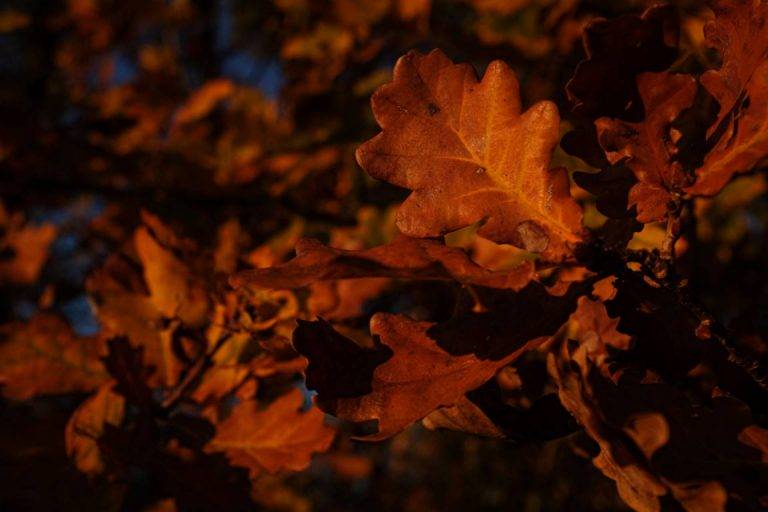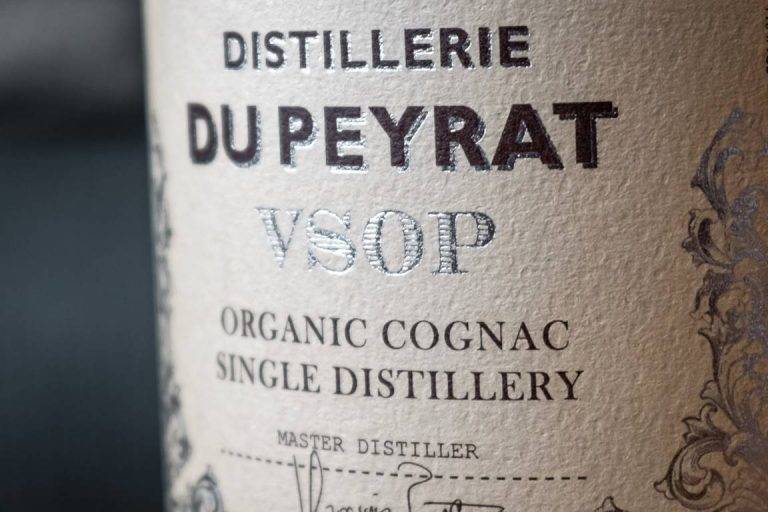Cognac
Ageing
Ageing is an essential stage in the process of making Cognac, especially since it requires time (a lot of time!) but mostly because the technical options chosen during the ageing process – or the time spent by the spirit within a barrel – have a decisive impact on the product’s final identity.
Why does a Cognac need ageing?
Why does a Cognac even need ageing in the first place? Why can’t we just sip it off the alambic? Well, perhaps because that would be very brave considering that the “eau-de-vie” – the spirit distilled from wine – is pretty strong in alcohol at its first stage (around 70% vol.). More importantly because that is one crucial stage for an eau-de-vie to become a Cognac, according to the requirements of the Cognac AOC (Controlled Appellation of Origin) – basically the textbook for anything Cognac related. According to those AOC rules, the spirit needs at least 2 years of continuous ageing in Oak wood to be granted the title of Cognac. More practically speaking, the spirit will undergo a series of great changes influenced by the combined action of air, wood and time during this period. Far from the image of asleep barrels in a cellar, the ageing process has a defining influence on the final product taste and characteristics.
The effects of ageing on Cognac
There are different mechanisms at play during the Cognac ageing process:
- Alcohol being a natural solvent, it will extract wood components (tannins, vanillin etc.) from the barrel
- The spirit will acquire an amber coloration from wood and tannins, particularly when using first-fill casks
- The alcohol and water contained in a barrel will slowly evaporate under the influence of ambient temperature and humidity levels ( 2% of overall stocked alcohol per year in average) but also depending on the size of the container. This is commonly know as the angels’ share!
- An oxidation of the spirit’s chemical components will take place, through the product exposure with air (via the cork bung and wood pores)
Practically speaking, cognac ageing decreases the alcohol dryness sensation, grants colour to the spirit (which still is crystal clear up until here), develops fruity and spicy aromas. On the long run the spirit gets even more soft and mellow, acquires woody aromas and the “charentais rancio” (think of a nutty flavour, also found in aged madeira wines and portos), the grail of old Cognacs.
Cognac ageing in oak casks

Oak species used for cognac ageing
The oak family is a pretty big one: red oaks, white oaks, holly oaks, cork oak, american oak… However when it comes to cognac ageing, two kinds of oak abundant in french forests are mainly used, the Pedunculate Oak (Quercus Robur) and Sessile Oak (Quercus Petraea). These two species have specific grains that will release different amounts of tannins in the course of the ageing process.
The importance of oak cask grain
Specific wood grain – that is the space available between wood growth rings – in oak barrels grants different characteristics to a spirit. Thicker grains often found in Pedunculate Oak wood are naturally rich in tannins and for that reason, more suitable for the ageing of brown spirits that will have time to “digest” those tannins over time. On the contrary, thinner grains (poorer in tannins) will be better suited for wines which need more delicate ageing.
Barrel toasting or “bousinage”
The level of barrel toasting or “bousinage” (pronounce boo-zee-nage) in french will determine the aroma profiles to be released by the wood in the course of a cognac ageing. During this operation, the cooper heats-up the interior part of a barrel at naked flame – depending on heating temperature ( 160 to 220°C – 320° to 430°F) and exposure length, different families of aromas will be revealed: fresh fruits, spicy and empyreumatic notes (toasted bread, roasted cocoa beans…) for more intense heating.
Barrel Capacity
The barrel capacity is another important element to be considered in the course of cognac ageing as the ratio of stocked spirits to available wood contact surface will determine the intensity of exchanges between the spirit and wood. To put it simply, the amount of tannins released will be important when using a 200 liter barrel and limited for a 10,000 liter one. For the same reason, the barrel capacity also plays on the level of alcohol evaporation (the angel’s share!). The vast majority of barrels used for ageing Cognac range from 340 to 400 liters of capacity.
First-fill barrels or “fûts-roux” ?
As mentioned earlier in this article, alcohol is a natural solvent which extracts components available in oak wood – this phenomenon intensifies along with the alcohol concentration of a spirit but also when using freshly made, first-fill barrels. While ageing in oak barrels, the spirit will gradually extract components from the wood until the barrel has nothing or little left to give. Those already used barrels having known several successive fills named “fûts-roux” still are precious to store cognacs on the long run, specifically because they won’t affect the content of the barrels anymore. In any case, the master blender has different options when choosing barrels, either to use first fills, “fûts-roux” or both, which will impact the product profile.
VS, VSOP, NAPOLEON, XO - All about Cognac Ageing Labels

Cognac Ageing length
Ever wonder what those acronyms stand for and what Napoleon has to do with anything?
VS, XO & VSOP are essentially labels defined by the Cognac AOC (Controlled Appellation of Origin) meant to give consumers an indication of the time spent aging in oak barrels. Now, before going into details, let’s look into a few basics:
- Cognac is basically made from wine, distilled to become an “Eau-de-vie” (French for Spirit)
- It takes a minimum of two years ageing in oak barrels for an “Eau-de-vie” to become a Cognac
- The vast majority of Cognacs are blends of several Cognacs which have different “crus” (production areas) and age, unless labelled otherwise (e.g. vintage Cognacs)
- When considering the overall age of a Cognac blend, the baseline is the age of the youngest cognac in the mix (ex: if the blend is made 50% from a 2 year old Cognac and 50% from a 4 year old one, the minimum age – 2 years – will be used to label the product)
Table of Cognac ageing labels
| Ageing Labels | Min. Ageing Length |
|---|---|
| VS, VS, Very Special, Selection, 3 Étoiles | 2 years |
| Supérieur, Cuvée Supérieure, Qualité Supérieure | 3 years |
| VSOP, Réserve, Vieux, Rare, Royal et Very Superior Old Pale | 4 years |
| Vieille Réserve, Réserve Rare and Reserve Royale | 5 years |
| Napoleon, Très Vieille Réserve, Très Vieux, Héritage, Très Rare, Excellence et Suprême | 6 years |
| XO, Hors d’âge, Extra, Ancestral, Ancêtre, Or, Gold, Impérial, Extra Old, XXO, Extra, Extra Old | 10 years |
| XXO, Extra Extra Old | 14 years |
A Few Takeaways
- Ageing is a key stage in defining a Cognac’s identity
- 2 years of ageing in oak wood are mandatory, as per the Cognac AOC guidelines
- Cognac ageing happens through the combined action of air, wood and time, spirits loose alcohol (the angel’s share) and gain roundness in the course of their maturation
- Choices made by the Cellar master in terms of storage (first fills barrels vs “fûts-roux”, thick or thin wood grains, intensity of toasting, capacity) define the characteristics of a Cognac
- Cognac ageing labels refer to the time spent in oak barrels (VS = 2 years, VSOP = 4 years, XO = 10 years)
Those labels indicate the age of the youngest cognac in the blend